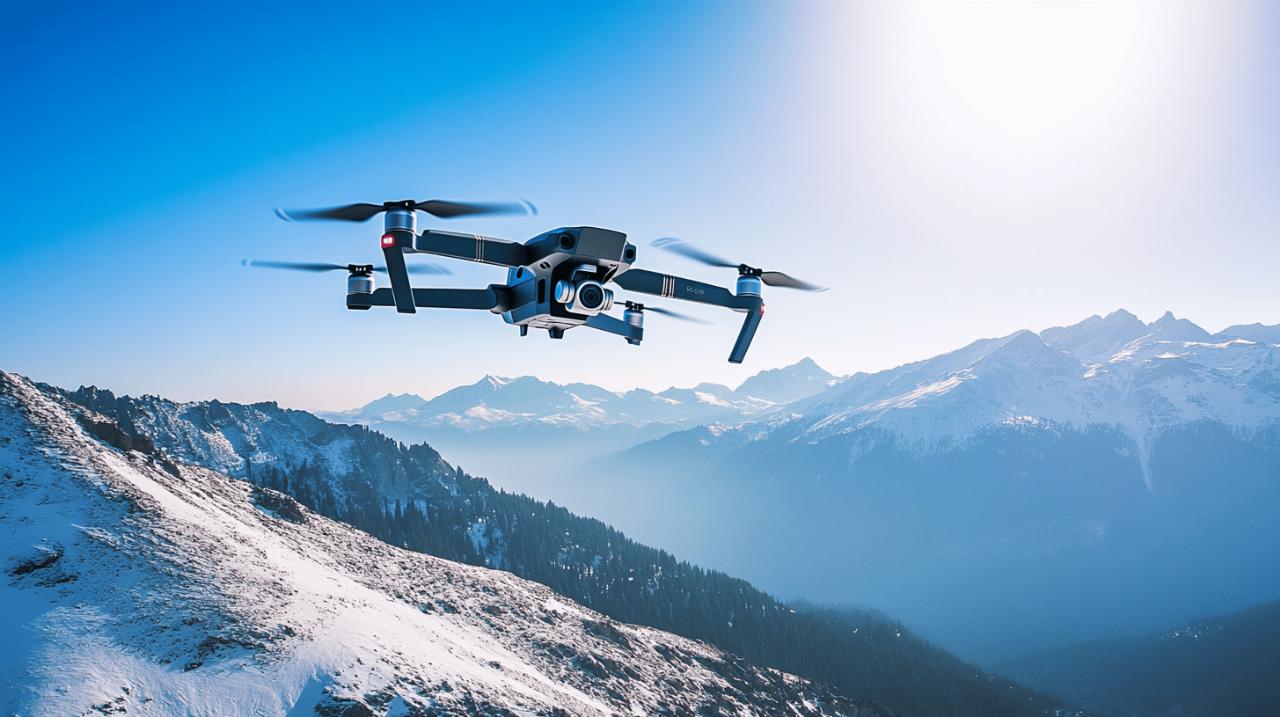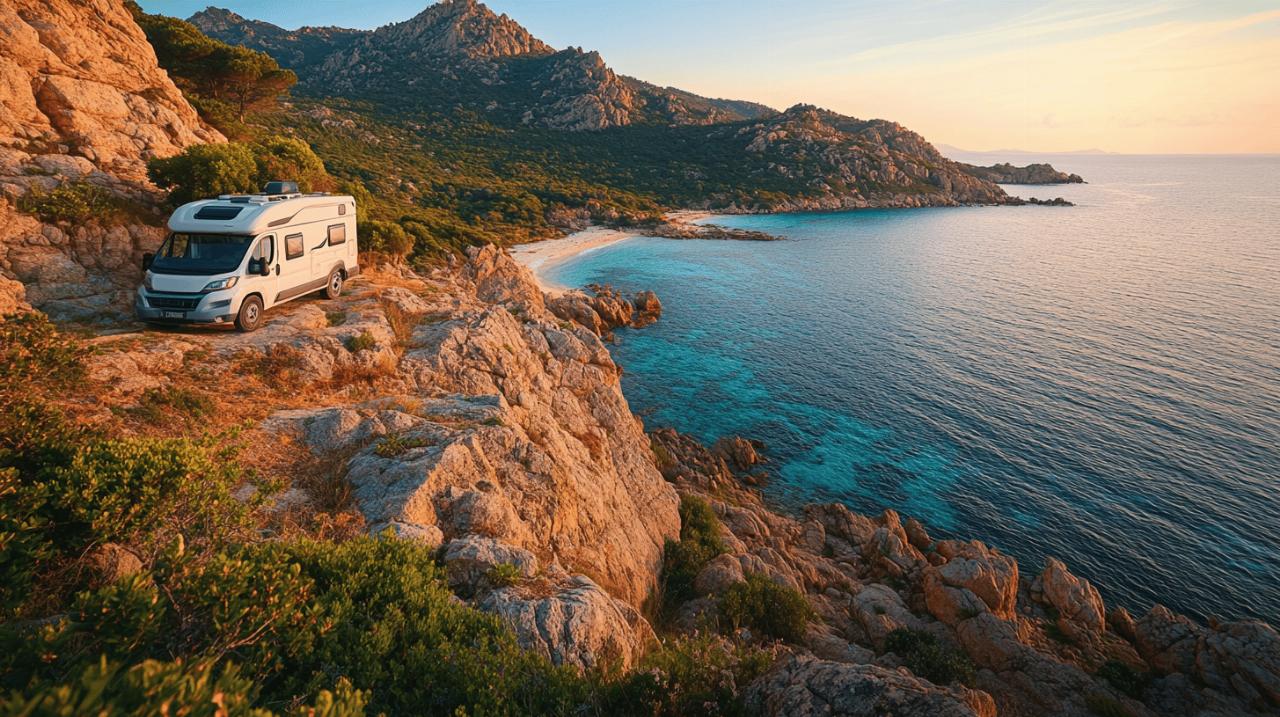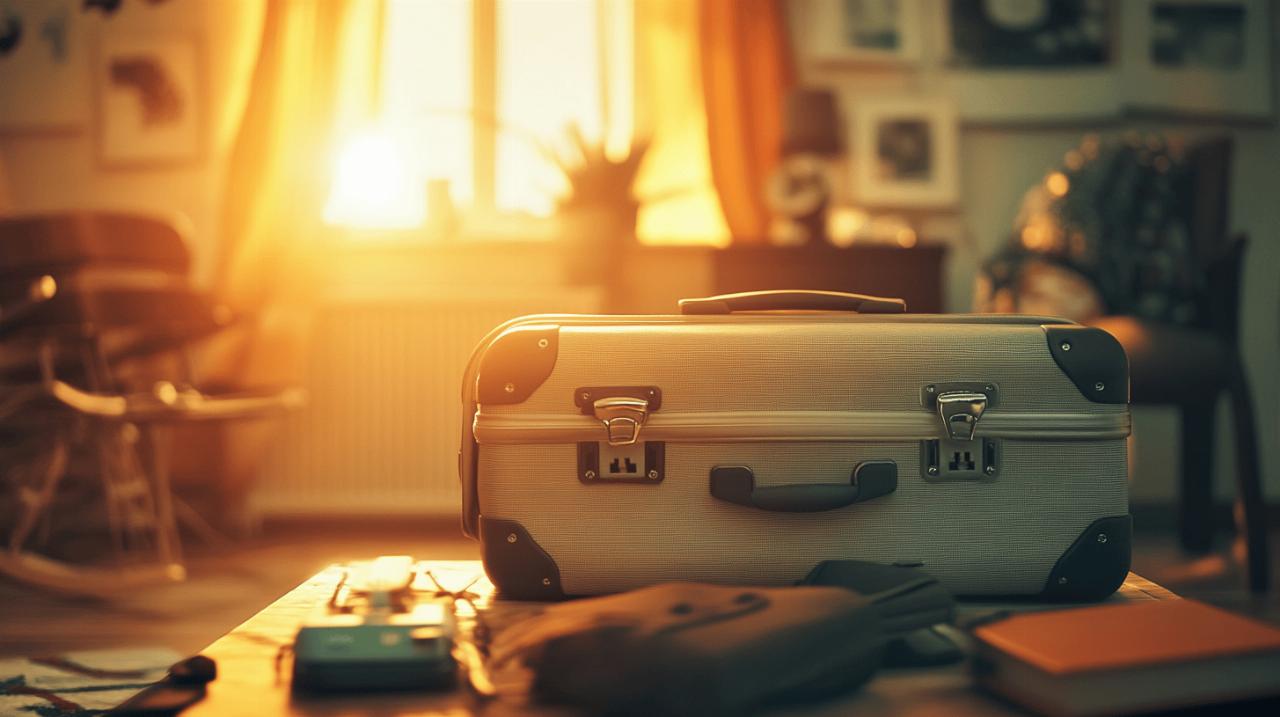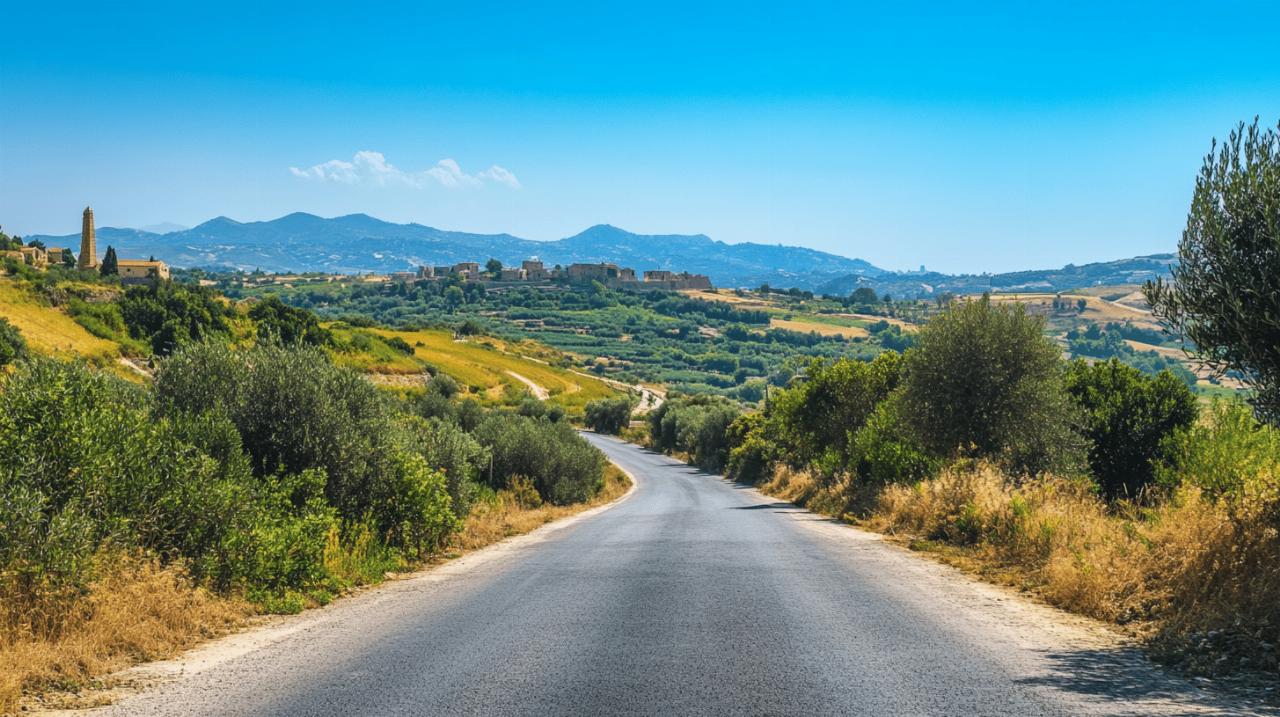Capturing breathtaking aerial views of your travels has become increasingly accessible thanks to the growing range of drones available for enthusiasts and professionals alike. Whether you are exploring rugged coastlines or bustling city centres, a reliable and portable drone can transform your photography and videography. As February 2025 approaches, identifying the most suitable travel drone within a reasonable budget requires careful consideration of several important factors that will ensure you return home with stunning footage and memorable moments.
Essential Features to Look for in a Travel Drone
Choosing the right drone for your travels involves understanding the key features that separate a good drone from a great one. While the market is flooded with options, focusing on elements such as portability, battery life, camera quality, and intelligent flight modes will help narrow down your choices. A travel drone must not only perform well but also be easy to transport and operate in various environments.
Portability and Weight: Why Size Matters When You're On the Move
When you are on the move, every gram counts. The size and weight of your drone can significantly affect your travel experience. Drones weighing less than 250 grams, such as the DJI Mini 5 Pro, offer considerable advantages. These lightweight models often benefit from exemptions in many regions, meaning you can fly them without the need for special permits or extensive registration processes. This makes them particularly appealing for travellers who want to avoid bureaucratic hassles.
Compact drones are also easier to pack into a rucksack or carry-on luggage, leaving more space for other essentials. However, smaller drones can struggle in windy conditions, so if you plan to fly in areas with unpredictable weather, you may need to consider a slightly heavier model that offers better stability. The balance between portability and performance is crucial, and for most travellers, a drone in the sub-250-gram category represents the sweet spot for convenience and capability.
Battery life and flight time: maximising your aerial photography sessions
Battery life is another critical consideration. The longer your drone can stay airborne, the more opportunities you have to capture that perfect shot. Modern travel drones typically offer flight times ranging from 30 to 45 minutes on a single charge. For instance, the DJI Air 3S boasts a battery life exceeding 45 minutes, allowing you to explore and film without constantly worrying about running out of power.
To maximise your aerial photography sessions, it is wise to invest in spare batteries. Carrying at least two or three extra batteries ensures that you can continue shooting throughout the day, especially if you are in a remote location without easy access to charging facilities. Battery life can also be affected by factors such as wind resistance, temperature, and the use of advanced features like obstacle detection, so planning ahead and having backup power sources is essential for uninterrupted filming.
Best budget-friendly drones for february 2025 adventures
Finding a drone that delivers excellent performance without breaking the bank is entirely possible in 2025. Several manufacturers have released models that cater to budget-conscious travellers while still offering impressive features. These drones strike a balance between affordability, image quality, and ease of use, making them ideal companions for your February adventures.
Top compact models: dji mavic and autel evo compared
The DJI Mavic series has long been a favourite among travel photographers, and the latest iterations continue to uphold this reputation. The DJI Mavic Classic and Mavic Lite models provide excellent image quality and portability, making them ideal for capturing stunning aerial footage on the go. These drones feature advanced gimbal stabilisation, ensuring smooth video even in challenging conditions. The Mavic Nano, in particular, is an outstanding choice for those prioritising compactness and ease of travel.
On the other hand, Autel Robotics offers compelling alternatives with its Evo series. The Autel Evo Lite Plus stands out as a robust option with a 6K camera and a 40-minute flight time. Unlike some competitors, Autel drones are not subject to the same security concerns that have been raised about Chinese technology, which may be a consideration for some buyers. The Evo series also features intelligent flight modes and reliable obstacle avoidance, making them a strong contender for anyone seeking a non-DJI option.
Alternative options: parrot anafi and other value picks
The Parrot Anafi is another excellent choice for travellers seeking a lightweight and versatile drone. One of its standout features is the camera's ability to tilt upwards, offering unique shooting angles that are not typically available with other drones. This capability allows you to capture perspectives such as underneath bridges or overhangs, adding a creative dimension to your travel footage. The Parrot Anafi is also compact and easy to carry, making it a practical option for those who value portability.
For those on a tighter budget, the Holy Stone HS720 and Holy Stone HS260 offer affordable alternatives. These drones, priced under 100 pounds, provide basic but functional features for beginners. While they may not match the image quality or advanced capabilities of higher-end models, they are excellent for those new to drone photography who want to experiment without a significant financial commitment. Additionally, older models such as the DJI Mini 2 and DJI Mini 3 remain solid choices, often available at reduced prices as newer versions enter the market.
Camera quality and performance: capturing stunning travel footage
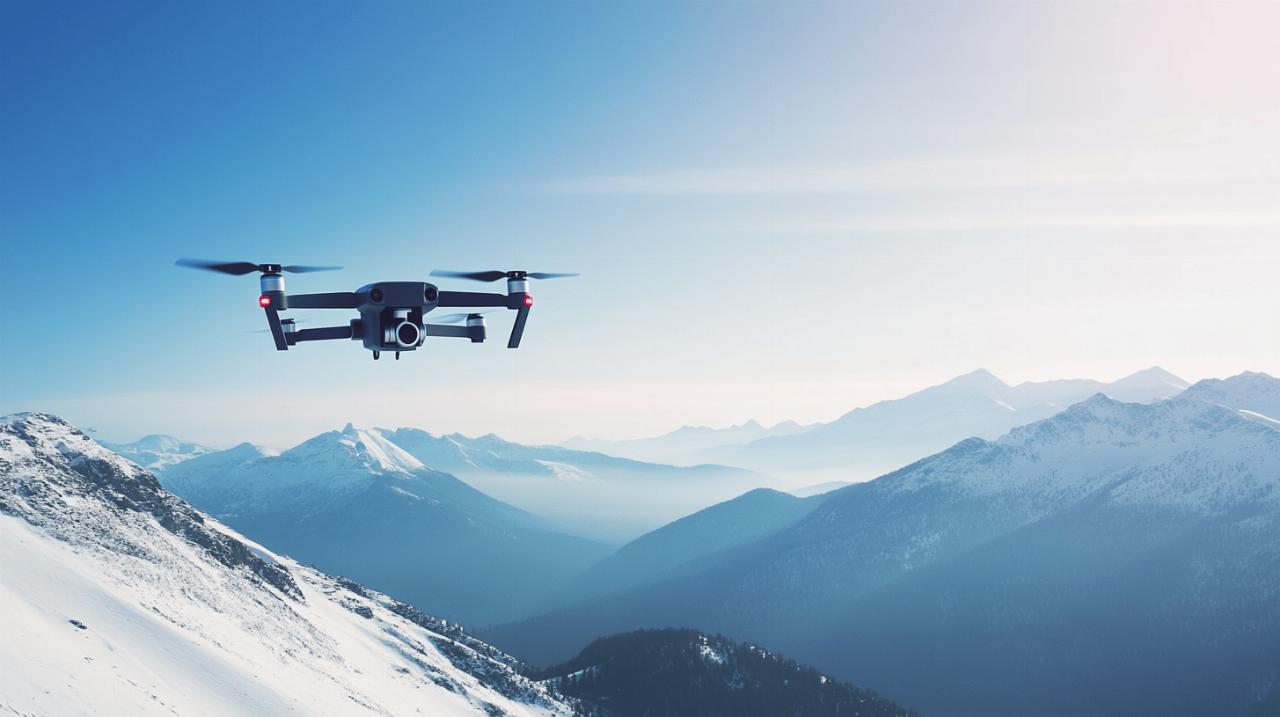 The quality of the camera is arguably the most important factor when selecting a travel drone. After all, the primary purpose of bringing a drone on your travels is to capture breathtaking images and videos. Understanding the specifications and capabilities of drone cameras will help you make an informed decision that aligns with your creative aspirations.
The quality of the camera is arguably the most important factor when selecting a travel drone. After all, the primary purpose of bringing a drone on your travels is to capture breathtaking images and videos. Understanding the specifications and capabilities of drone cameras will help you make an informed decision that aligns with your creative aspirations.
Resolution and Sensor Capabilities: What You Need for Professional Results
Resolution and sensor size are two critical aspects of camera quality. Most modern travel drones offer at least 12-megapixel photo capabilities and 4K video recording. However, higher-end models such as the DJI Mavic 4 Pro feature a 25-megapixel sensor, providing greater detail and flexibility in post-processing. A larger sensor, such as a 1-inch sensor, allows for better performance in low-light conditions and produces images with richer colours and greater dynamic range.
For those serious about aerial photography, the ability to shoot in RAW format is invaluable. RAW images contain more data than standard JPEGs, giving you greater control over editing and allowing you to recover details from shadows and highlights. Features such as bracketing, which takes multiple exposures of the same scene, enable you to create high-dynamic-range images that showcase the full beauty of your surroundings. Drones equipped with Hasselblad cameras, like the DJI Mavic 3 Pro, are particularly renowned for their exceptional colour accuracy and image quality.
Intelligent Flight Modes and Obstacle Detection for Safer Flying
Intelligent flight modes and obstacle detection systems enhance both the creative possibilities and safety of your drone. Autonomous modes such as return-home, cinematic flight paths, and subject tracking allow you to focus on composition rather than piloting. These features are especially useful for beginners or in situations where you need to concentrate on framing the perfect shot.
Obstacle avoidance technology is a game-changer for flying in unfamiliar or complex environments. The DJI Air 3S, for example, offers 360-degree obstacle detection, using sensors to detect and avoid potential hazards such as trees, buildings, or power lines. This reduces the risk of crashes and gives you confidence when flying in challenging locations. Drones equipped with lidar sensors provide even more precise detection, ensuring safer flights and protecting your investment from accidental damage.
Where to Purchase and What Accessories You'll Need
Once you have decided on the right drone for your February 2025 travels, the next step is to purchase it and gather the necessary accessories. Knowing where to buy and what additional items you need will ensure a smooth and enjoyable flying experience.
Best uk retailers: fnac, amazon, and alternative stockists
In the UK, several reputable retailers offer a wide selection of drones and accessories. Fnac and Amazon are two of the most popular options, providing competitive pricing and convenient delivery. Amazon, in particular, often features combo packs that include extra batteries and carrying cases, which can represent excellent value for money. The official DJI store is another reliable source, offering the latest models and comprehensive customer support.
For those seeking alternatives, Best Buy and Walmart, although primarily American retailers, also ship internationally and frequently have deals on popular models. It is worth comparing prices across multiple platforms to ensure you are getting the best deal. Additionally, checking customer reviews and ratings can provide insights into the reliability of the seller and the quality of the product.
Essential travel accessories: batteries, cases, and sd cards
Accessories are just as important as the drone itself. Spare batteries are a must-have, as they allow you to extend your flying sessions without interruption. Aim to carry at least two or three extra batteries, ensuring you have enough power for a full day of shooting. A protective case is also essential, providing safe storage and transport for your drone and its accessories. Many manufacturers offer custom cases designed to fit specific models, complete with compartments for batteries, controllers, and propellers.
A high-capacity micro SD card is another vital accessory. Drone footage, especially in 4K or higher resolutions, can quickly consume storage space. Opt for a card with at least 128 gigabytes of capacity and a fast write speed to ensure smooth recording. Neutral density filters are useful for controlling exposure in bright conditions, allowing you to achieve cinematic motion blur and balanced footage. Finally, spare propeller blades are a sensible addition to your kit, as they can be easily damaged and are relatively inexpensive to replace. By equipping yourself with these essentials, you will be well-prepared to capture stunning aerial footage during your February 2025 adventures.

